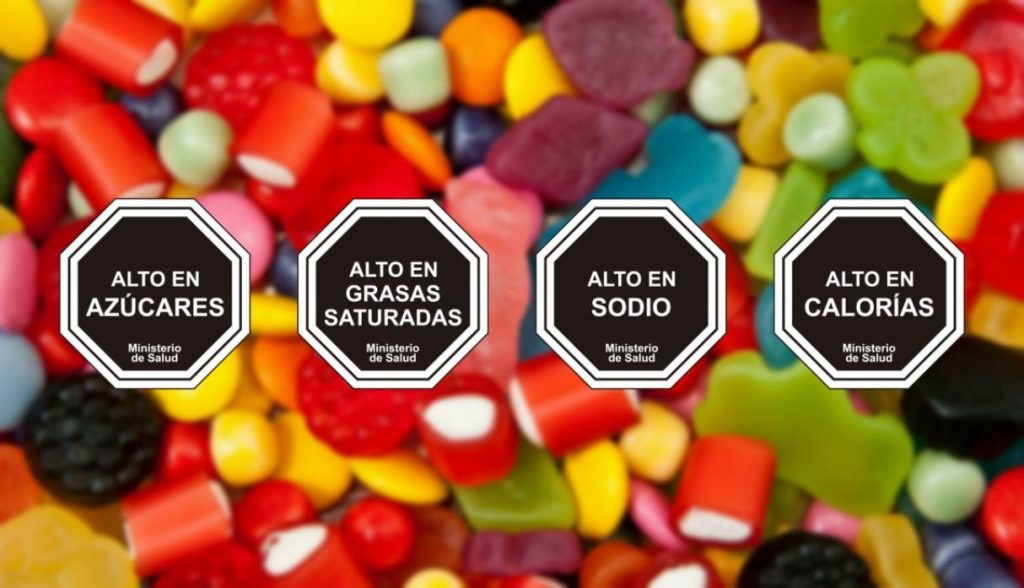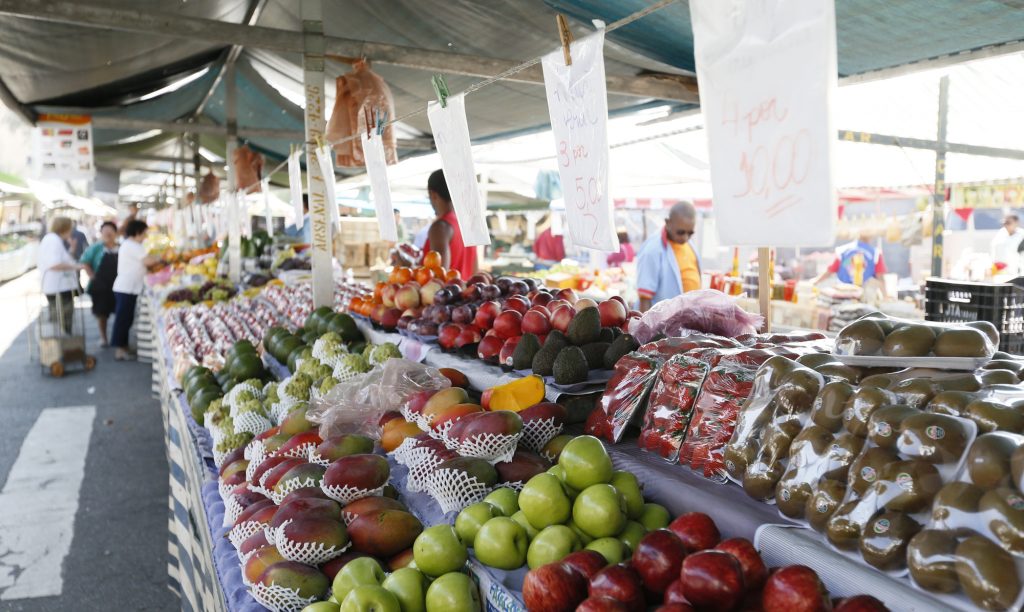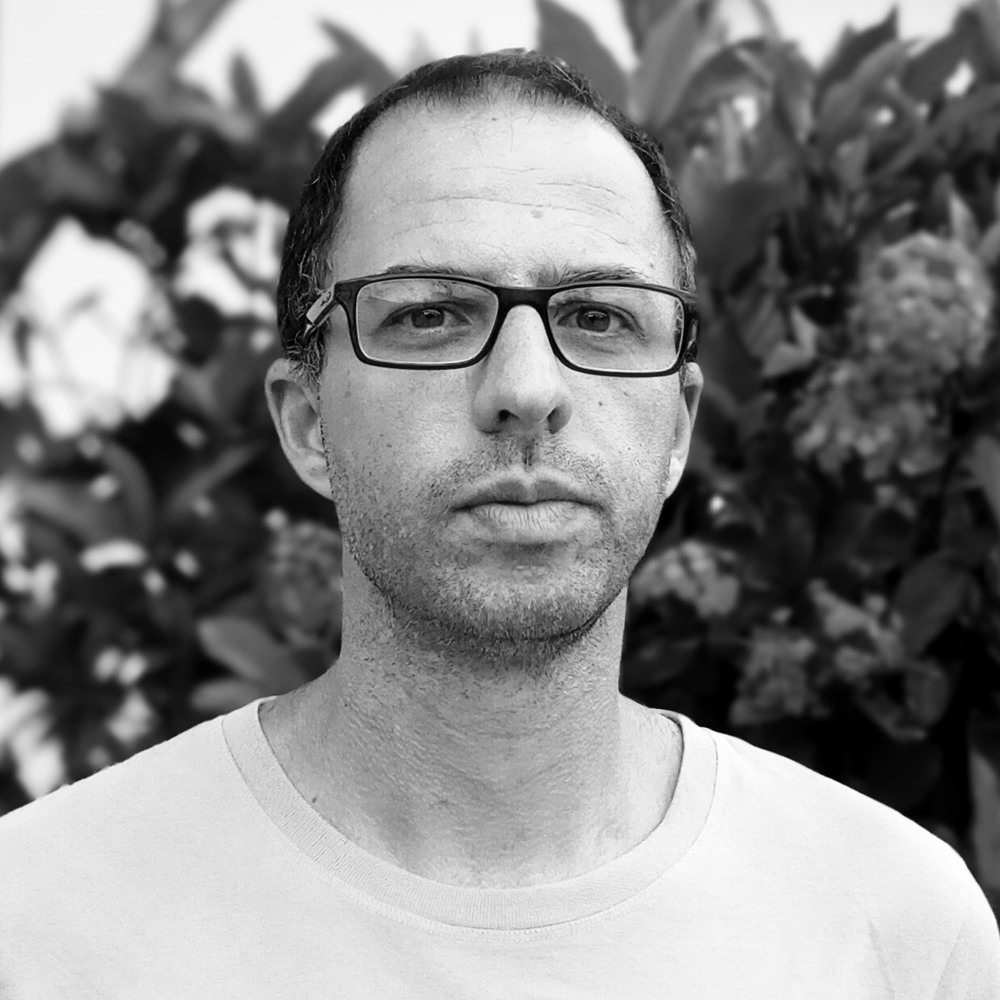Warning signs, taxes, official guidelines against junk food: the region is leading an unprecedented political agenda in an attempt to contain the obesity epidemic. But reaction is strong
“Makes you proud, doesn’t it? As I was coming out to talk, I suddenly realized what a great thing we were doing”, says Marcela Reyes, breaking into a big smile at the end of the umpteenth debate in which she had taken part since Chile placed itself on the map as the curse of the ultraprocessed foods industry.
And they are not alone: this highly select group is also joined, or about to be joined, by at least four more members: Brazil, Peru, Uruguay and Mexico. Gone are the good old days when the cover of a Brazilian conservative magazine brandished Chile as the white sheep of Latin America. Nowadays, the editors of Veja would be obliged to stick a good sheep stamp on Argentina and put Chile, like the rest of us, in the “Black Stamp” group.
Like the black octagon that since last year has been decorating the packages of ultraprocessed foods sold in Chile that have a high salt, fat, sugar and calorie content. The worse the product mix, the more little black labels. And lower the chance of a sale.
During the International Congress of Nutrition, in Buenos Aires, Marcela, from the University of Chile Nutrition and Food Technology Institute, compared her country’s case to other existing models, all voluntary and with a positive approach. At the end of the debate, after being greeted by her compatriots, the contesting began: why is Chile moving so fast? Why can’t a more positive and conciliatory posture be adopted? Why treat the industry as an enemy?
There is an inherent conflict between attempting to increase profits and the need to improve public health. “I agree with the idea that companies can be part of the solution: the way they can be part of the solution is by complying with the law”, contested Marcela Reyes.
That was the tone of the congress. For six days in October 2017, the major nutrition researchers alternated between kisses and punches in reaction to the initiatives adopted by Latin America. “You have a big population, you are big countries, and they want these markets. Particularly Brazil”, summed up Barry Popkin, professor of Nutrition at the University of North Carolina. His knowledge of Latin America goes back a long way.
It was Popkin who coined the concept of “nutritional transition” to describe the change in the countries’ food standards towards less and less healthy products. Our region is exactly in the middle of that road. But some of the countries have the highest obesity rates in the world as well as the highest levels of soda consumption.
The researcher understands that governments are ever more aware of the need to adopt regulatory measures to deter the advance of obesity. For him, the product reformulation proposed as a solution by the industry has a very limited role.

Popkin is working on the assessment of the Chilean case. And predicts that this South American country can be the first in the world to stop rising of obesity levels. “We need to tell people that junk food isn’t healthy. And the warning sign model used in Chile seems to have changed a form of social conduct throughout the country. It’s working much better than any other model.”
Marcela Reyes agrees. “We still like to eat food. Many of the other panel members state that we can’t move backwards: we’re not going back to cooking, we’re not going back to family meals. But we still like eating food.”
It is impossible to know what took place at the whole congress, which was huge and with many simultaneous debates. But it was not hard to see the amount of trouble Latin America was stirring up. Multiplied by two. The ultraprocessed foods industry, who was not only present, but sitting in the top seats, did not hide their discontent. As was the case with many researchers.
Our countries have made everbody’s hair stand because they can be the first to step on the brakes of the obesity epidemic ride. Currently, the vehicle is riding in no definite direction, at a thousand miles an hour, and nobody is encharged.
There was also a factor causing some discomfort which became more and more visible as the debates progressed at the downtown Buenos Aires Sheraton hotel: hierarchy. Normally, solutions are implemented or imposed in a North-South direction. From the rich towards the poor. The debate panels where white men from rich countries presented solutions to the black and indigenous members from Africa and Latin America were by no means few in number. There is nothing illegitimate about that, but when there is a clear representation imbalance, it makes you think about.
This whole recent trend has been moving in the opposite direction, from the South to the North.
“Latin American countries now have the chance to be at the forefront of the solutions. Not technological solutions. The tendency is for solutions to chronical diseases to be creative solutions, that demand inventiveness”, says Simón Barquera, from the Mexican National Public Health Institute. He was one of the prominent figures in the creation of a tax on sugary drinks, another initiative that came under attack during the congress.
Juan Rivera, chairman of the Latin American Nutrition Society and also a member of the institute, came out in defence of the Mexican decision. “All scientific evidence led us towards the taxation model”, he told during a lecture. The proposal had been ready for some time, and the political opportunity presented itself when the government ran into cashflow problems. “The taxation is working and is something that we must use against the industry’s attempts to have it banished.” The model has already crossed the Rio Grande and is being adopted in some U.S. cities.
Alejandro Calvillo, from NGO El Poder del Consumidor, also an essential player for the adoption of the tax, evaluates that this Latin American leadership can be a legacy from the social movements that occurred in the last decade. “We have strong civil society and academic sector participation, united before the power of the corporations.”
It’s difficult to establish an exact beginning for this regional path. But we could choose the end of the last decade, when professor Carlos Monteiro, from the University of São Paulo (USP) School of Public Health, coined the term “ultraprocessed foods”. He proposed a new division, named NOVA, which separates foods into in natura or minimally processed, processed and ultraprocessed – as well as cooking ingredients.
It may sound strange, but it’s easy to understand, if you’ll allow us a sort of simplified introduction. In natura is what we have always eaten: greens, fruits and vegetables. Processed means the foods we have always eaten, but with a little transformation to increase shelf life and safety: rice, beans, flour. And ultraprocessed stands for anything your great grandmother would have trouble understanding as food.
The previous paradigm was based on the food pyramid, divided into various groups: meats, carbohydrates, cheeses, oils. And so on. From a layman’s point of view, it wasn’t easy to understand how much one should consume from each group and exactly what was bad for you.
When you consider ultraprocessed foods, however, it’s a whole new ball game. The fact is that from a guideline point of view, evidence shows that this works. There is a growing number of documents and public policies referring to ultraprocessed foods. PubMed, one of the main scientific production databases, has registered 70 articles containing the term in 2017, compared to 40 last year and only six in 2009. At the Nutrition Congress, there were 15 simposia or projects under that theme.
There were also projects against that theme. A debate promoted by the Argentinian Food Technologists Association attacked Monteiro’s research directly. Those present urged UN agencies to find a way to restrain the Latin American regulatory agenda.
“A strong tendency towards regulating nutrient intake through front-of-package (FOP) labelling is expanding throughout Latin American countries”, alerted Susana Socolovsky, president of the Argentinian entity, speaking of an “unjustified demonization” of industrialized foods. She has been travelling round the region in an attempt to avoid the adoption of regulatory decisions. “Health authorities in Latin American countries are using the controversial NOVA food classification system and the Pan American Health Organization (Paho) nutrient profile model.”
The segment within the scientific community most sympathetic to the private sector does not use the term “ultraprocessed”, except when attacking it. They still use the food pyramid reference, which also continues to be the base to the companies’ operations.
When we started to run a more detailed survey on the nutrition scientific community, in April of the last year, we saw there was strong opposition by segments of Brazilian academia to the term “ultraprocessed foods”. Over time, we noted that it was a concerted opposition with groups from other countries. The discourse is very fine-tuned.
It intensified in 2014, with the publication of the Food Guide for the Brazilian Population. The Health Ministry document was designed by Monteiro’s group and adopted a classification method according to the level of processing, with the explicit recommendation to avoid the consumption of ultraprocessed. “Industry was the only sector from which we couldn’t use the suggestions in the public consultation. Because their suggestions were incompatible with the Guide Principles”, said the University of São Paulo professor.
Carlos Gonzales-Fisher, from the University of Buenos Aires, took part in the preparation of a food guide report for FAO. After Brazil, Uruguay adopted the same principle for the creation of oficial guidelines. Other countries tried to follow the same path, but pressure from the private sector did not allow it.

The concept of ultraprocessed foods was importante enough for PAHO to launch, in 2016, a new nutritional profile model, specially created to support the adoption of public policies seeking to restrict and discourage consumption of these products. The document defines the criteria regarding excess sugars, sodium and fat. And it acts on products, not on daily diets – practically no one, after all, does the math at the end of the day to calculate how much have eaten.
The PAHO guidelines are the base for a decree that the Uruguayan Government may launch in the next few weeks. The country is moving towards the adoption of a labelling standard similar to the one in Chile, but is under intense pressure from the industrial sector, as we showed in Wheat and Tares, including the threat of legal action in the World Trade Organization (WTO).
One of the most interesting debates at the Buenos Aires congress brought together the existing FOP models. All voluntary and based on positive messages, with the exception of Chile, compulsory and carrying a negative message.
Researchers showed scientific assessments for each case. In New Zealand and in countries which adopted Choices, created by Unilever, what industry did was to place the stamp on products with a better nutritional profile, which ended up directing buying options towards some of these items.
Cliona Ni Mhurchu, from Auckland University, said there was some small impact on product redesign, limited to a few segments. “Let’s see in the next few years which models will cause greater impact on consumer behaviour. But we must also keep an eye on the impact on the industry’s behaviour, and they’re definitely reformulating.”
The oldest case is that of the United Kingdom, who in the last decade adopted FOP labelling through voluntary adhesion providing calorie, sodium, sugar and fat content information. Michael Rayner, from Oxford University, stated that it is clear today that this is not the best system, and added the view that the Chilean model is the one with greater consumer impact, but it’s still not clear if it is the one with greater influence on health.
“Since in Latin America we’re used to copying, they glance at us a bit disdainfully. How come they feel the right to innovate?”, I was told by Marcela Reyes. “In this experience, I fully understood the concept of transnationals. They’re bigger than nations. When major corporations start to argue with Latin American countries, you can notice the difference in power. It’s much bigger than a country.”
In Peru, a bill was presented to Congress which could deface the Healthy Eating Law, sanctioned in 2012. The text provides for the enactment of a decree to create FOP labelling on food products, a theme that was under discussion in government, with a great chance of adopting the Chilean model. The basic text was ready and about to be published. But Members of Parliament could approve a new law, creating a positive label, according to the format desired by industry.
At the beginning of November, some of the top nutrition sector researchers sent a letter to the Peruvian government and Legislative Branch urging that the project, currently moving through the Consumer Defense Committee, not be approved. They claim that the system defended by industry has been proven to encourage the consumption of foods with a higher salt, fat, sugar and calorie content.
And evidence has so far demonstrated that the Chilean model is working. “As scholars specializing in obesity and diabetes, we want to make clear that science is conclusive with regard to the role of trashy food and drinks, with a high calorie, sugar, sodium and saturated fat content: growing consumption of these products is a cause of obesity and associated diseases.”
The Brazilian National Health Surveillance Agency made it vehemently clear that no decision has yet been made in favour of any model. From the viewpoint of the General Food Management Board, there is no scientific evidence that one system works better than the other. Further to the North, Canada was in no doubt whatsoever. The debate on FOP labelling started off from the premise that warning signs such as the ones applied in Chile are the best for people’s health protection. A symbol is all that is left to be defined, and research in that respect has already been concluded.
The Brazilian Food Industry Association (Abia) and the Brazilian Soft Drink and Non-Alcoholic Beverage Association (Abir) allege that the system proposed by the Adequate and Healthy Eating Alliance based on the Chilean model strikes fear and horror into the hearts of the population.
By taking a look at the opposition that the debate has sparked up, it’s clear to see that those in fear are not the people.

